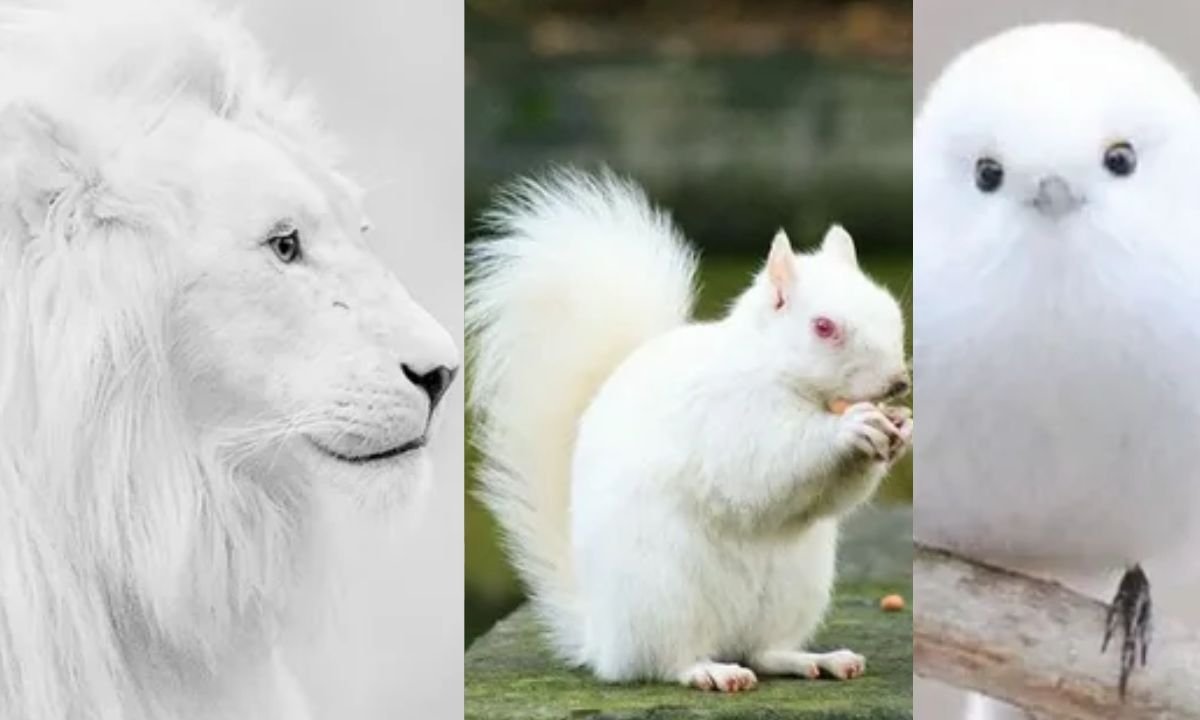The world is home to a stunning array of pure white animals. These creatures captivate us with their beauty and unique adaptations. From the majestic polar bear to the elusive white lemur, each animal showcases nature’s wonders.
In this article, we will explore 23 remarkable white animals, detailing their characteristics, habitats, and conservation statuses.
23 White Animals: Overview
White animals are not only visually striking but also play essential roles in their ecosystems. Their white coloration can serve various purposes, including camouflage in snowy environments or as a result of genetic mutations. Below is an overview of some of these incredible animals:
| Animal Name | Scientific Name | Habitat |
| Polar Bear | Ursus maritimus | Arctic |
| White Lion | Panthera leo melanochaita | South Africa |
| Arctic Fox | Vulpes lagopus | Arctic regions |
| Arctic Hare | Lepus arcticus | Arctic tundra |
| Beluga Whale | Delphinapterus leucas | Arctic & Subarctic |
| White-Tailed Ptarmigan | Lagopus leucura | Northwestern North America |
| White Peafowl | Pavo cristatus | Captivity worldwide |
| White Dove | Streptopelia risoria | Domesticated |
| White Squirrel | Sciurus carolinensis albinus | North America |
| Goldenrod Crab Spider | Misumena vatia | Northern Hemisphere |
| Albino Texas Rat Snake | Pantherophis obsoletus lindheimeri | Southern United States |
| Arctic Wolf | Canis lupus arctos | Canadian Arctic |
| Small White Butterfly | Pieris rapae | Worldwide |
| Swan | Cygnus spp. | Eurasia, North America |
| Dall’s Sheep | Ovis dalli | Alaska, Canada |
| Mountain Goat | Oreamnos americanus | North America |
| Harp Seal | Pagophilus groenlandicus | Arctic regions |
| Dumbo Rat | Rattus norvegicus | Worldwide |
| White Park Cattle | Bos taurus | England |
| Dogo Argentino | Canario de la Tierra | Argentina |
| White Fallow Deer | Dama dama f. alba | Europe |
| White Yak | Bos grunniens | Tibet, Himalayas |
| White Lemur | Eulemur albifrons | Madagascar |
White Animals: Pictures and Facts
White animals are uniquely beautiful creatures that capture our imagination with their striking coloration. These animals often possess adaptations that help them thrive in their environments, such as camouflage in snowy landscapes.
Each species not only showcases nature’s artistry but also highlights the importance of conservation efforts to protect their habitats and ensure their survival.
Polar Bear
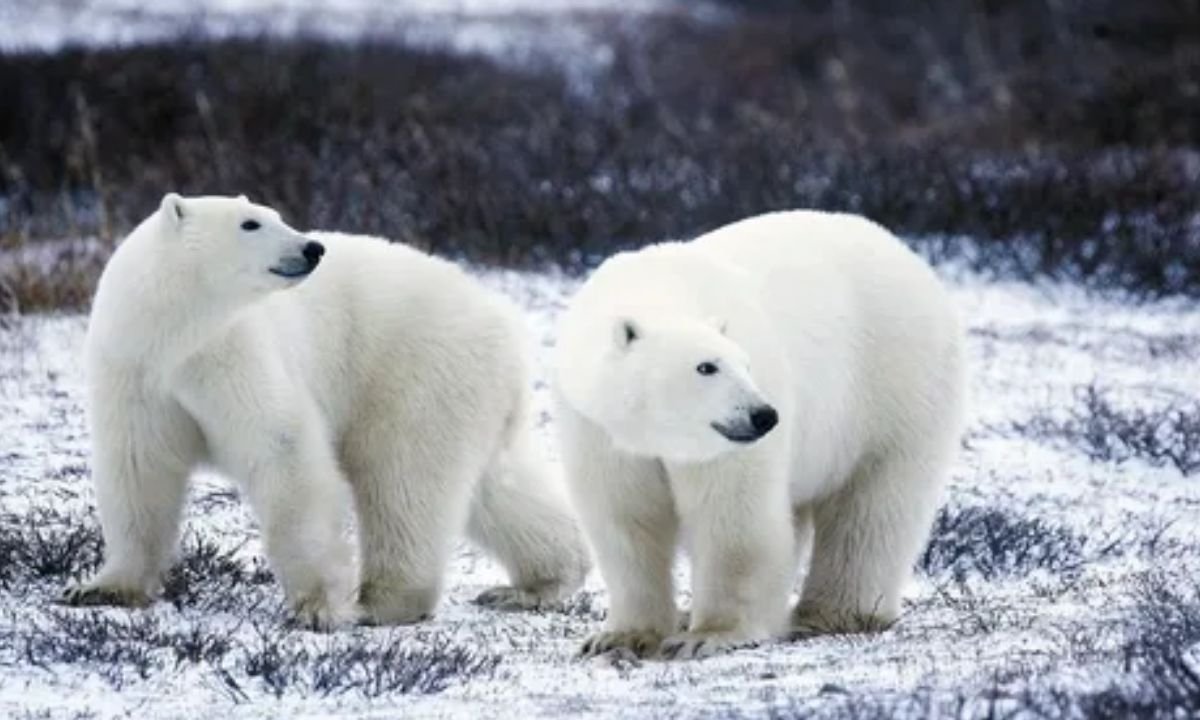
The polar bear is an iconic white animal known for its incredible adaptation to the Arctic environment. These bears have thick, insulating fur and a layer of fat that keep them warm in frigid temperatures.
Interestingly, their fur is not truly white; it is translucent and reflects visible light, making them blend into their snowy surroundings.
Polar bears primarily hunt seals, and their keen sense of smell allows them to detect prey from miles away. Despite being apex predators, they face threats from climate change, which affects their hunting grounds.
White Lion
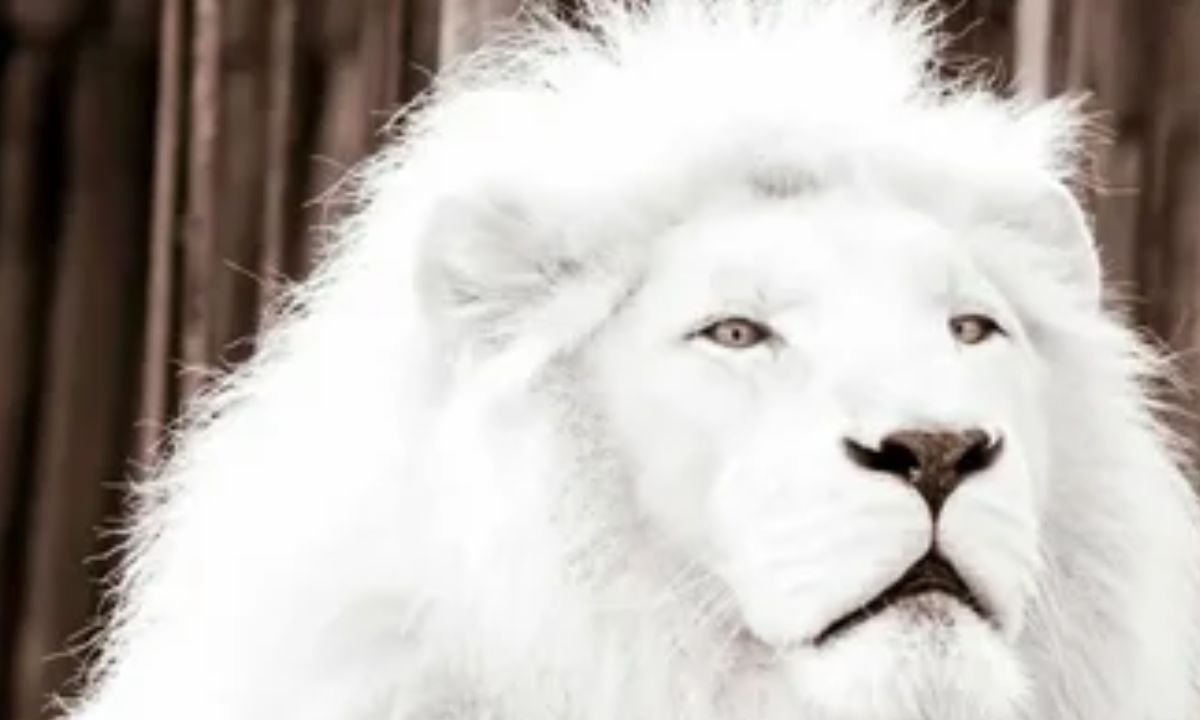
The white lion stands out with its rare and majestic appearance. This unique coloration results from a genetic mutation called leucism, which reduces pigmentation but does not lead to albinism.
White lions are primarily found in South Africa, where they inhabit the Timbavati region.These lions are not a separate species but a rare variant of the Southern lion.
Their striking appearance has made them susceptible to exploitation in the exotic pet trade and canned hunting. Conservation efforts are crucial for their survival.
Arctic Fox
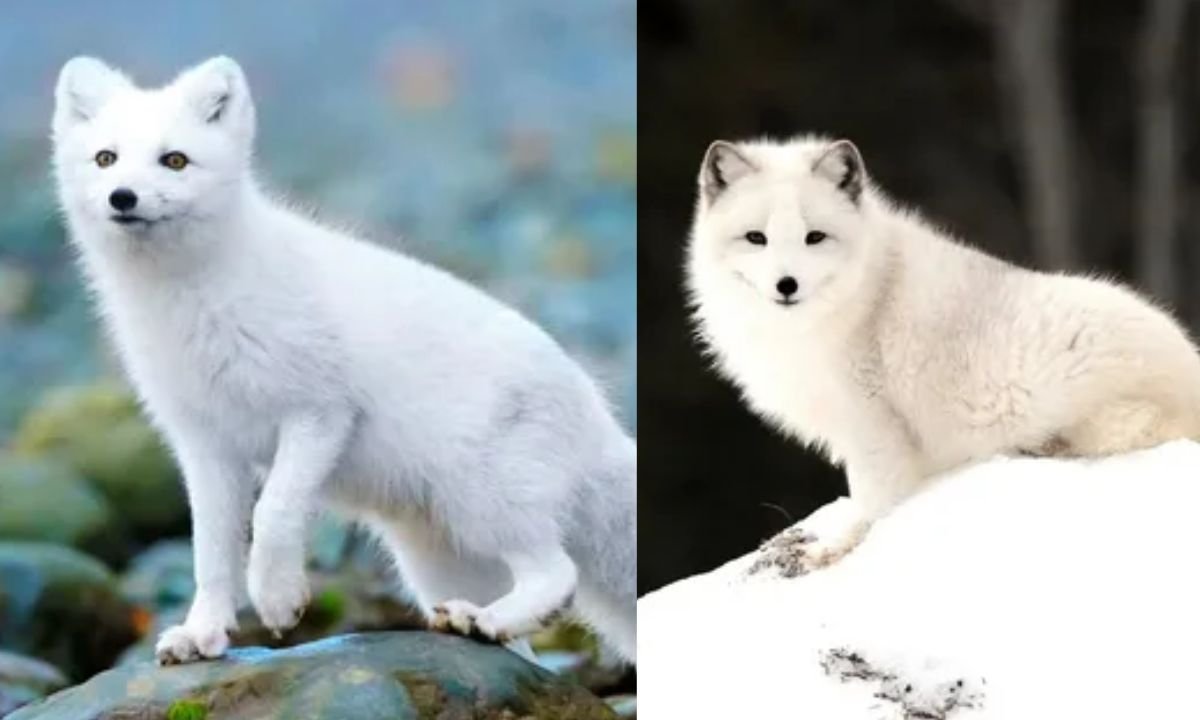
The arctic fox is a small, agile mammal perfectly adapted to the cold. Its thick, warm coat changes color with the seasons. In winter, it sports a beautiful snowy white coat, while in summer, it shifts to brown or gray for effective camouflage.
Arctic foxes are omnivorous, feeding on small mammals, birds, and fish. They also scavenge on leftovers from larger predators. Climate change poses a significant threat to their habitat and food sources.
Arctic Hare
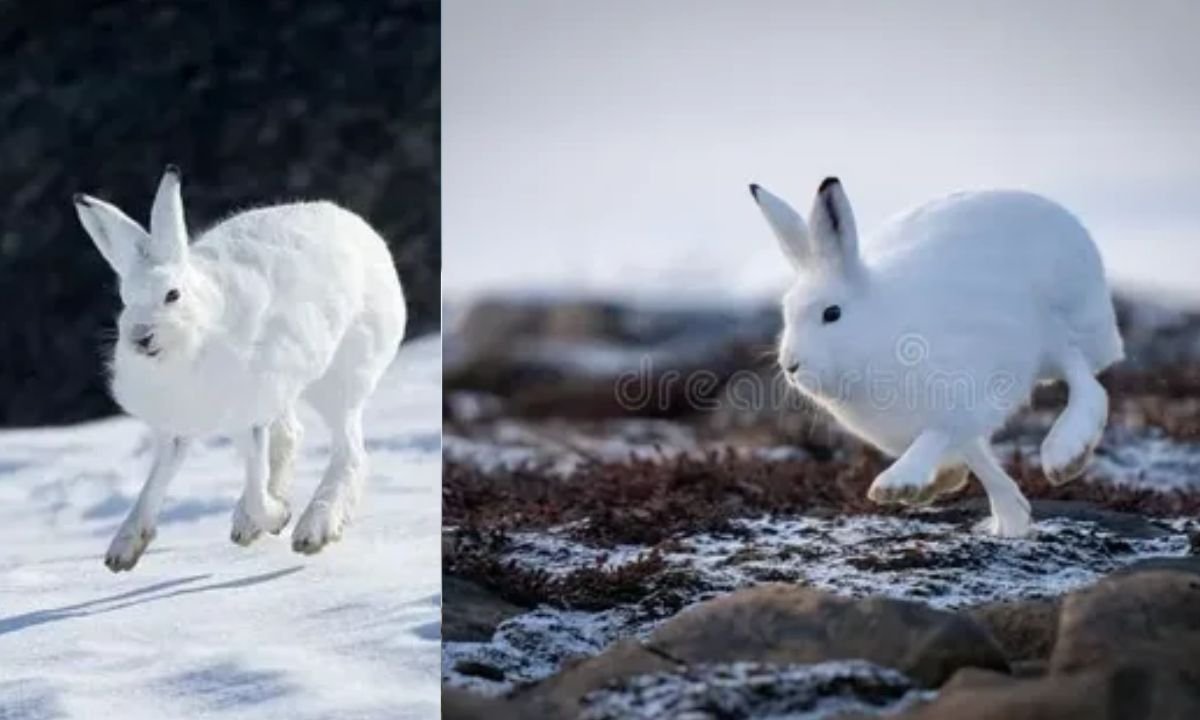
The arctic hare is another remarkable inhabitant of the Arctic tundra. With its thick white fur, it blends seamlessly into the snowy landscape during winter. As seasons change, its coat transitions to a blue-gray color for summer camouflage.
These hares are herbivores, feeding on a variety of vegetation, including woody plants and grasses. They are known for their impressive speed, reaching up to 60 km/h (37 mph) to escape predators.
Beluga Whale
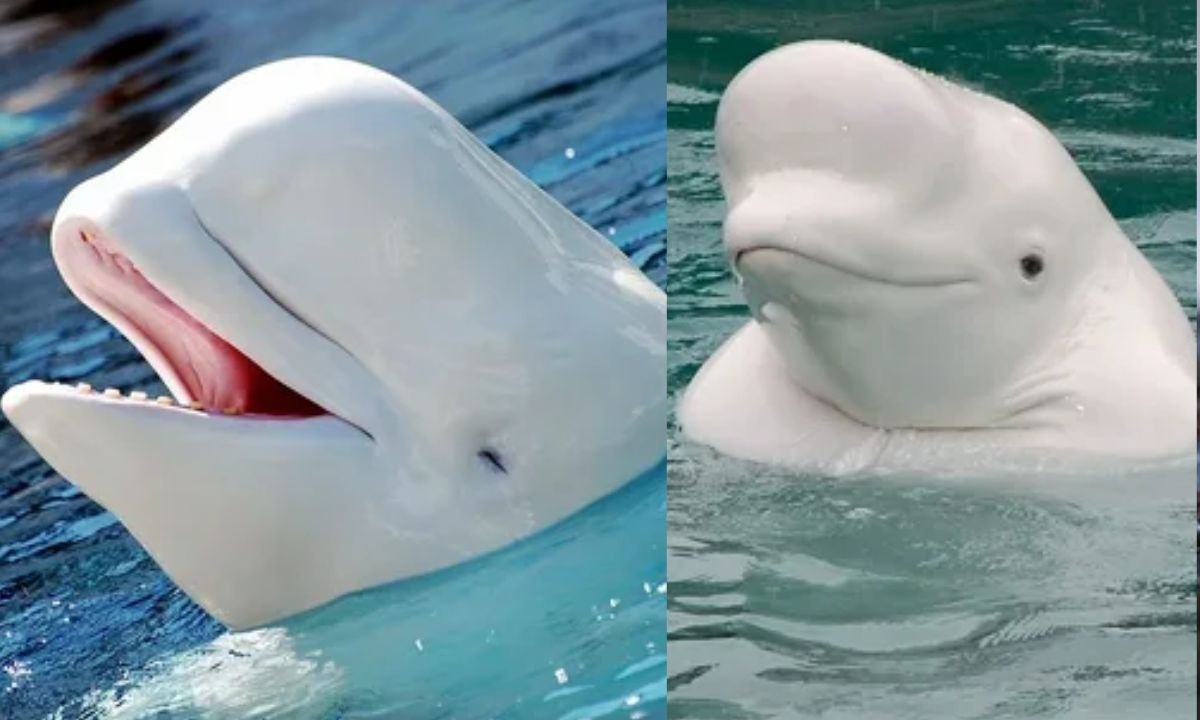
The beluga whale is a striking marine mammal known for its distinctive white color and rounded forehead. These whales inhabit Arctic and subarctic waters and are well adapted to cold environments.
As they mature, their coloration changes to white, providing camouflage in icy waters.Belugas are highly social and live in pods, communicating through a range of vocalizations, earning them the nickname “canaries of the sea.” Their diet consists mainly of fish and invertebrates, which they locate using echolocation.
White-Tailed Ptarmigan (Winter Plumage)
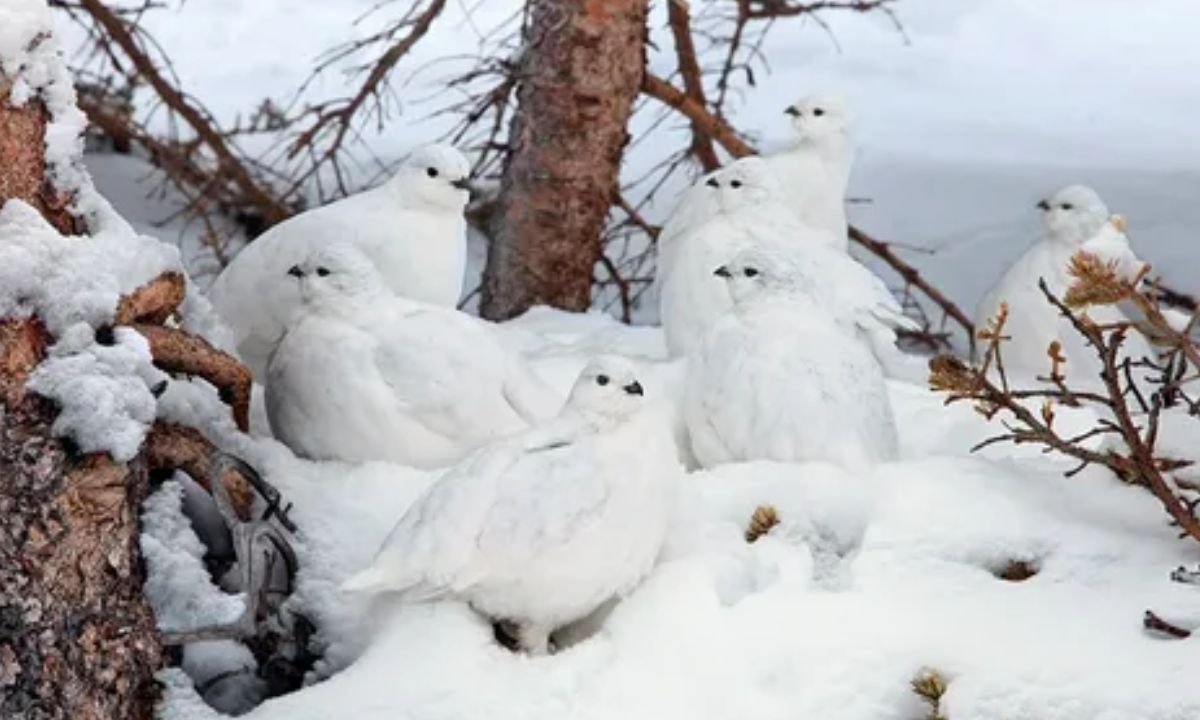
The white-tailed ptarmigan is a small, ground-dwelling bird found in the mountainous regions of North America. This bird exhibits seasonal color changes, with mottled brown plumage in summer that turns pure white in winter, providing excellent camouflage.
Ptarmigans are herbivorous, feeding on various plants, including leaves and seeds. They adapt their diet according to the season, helping them survive in harsh conditions.
White Peafowl
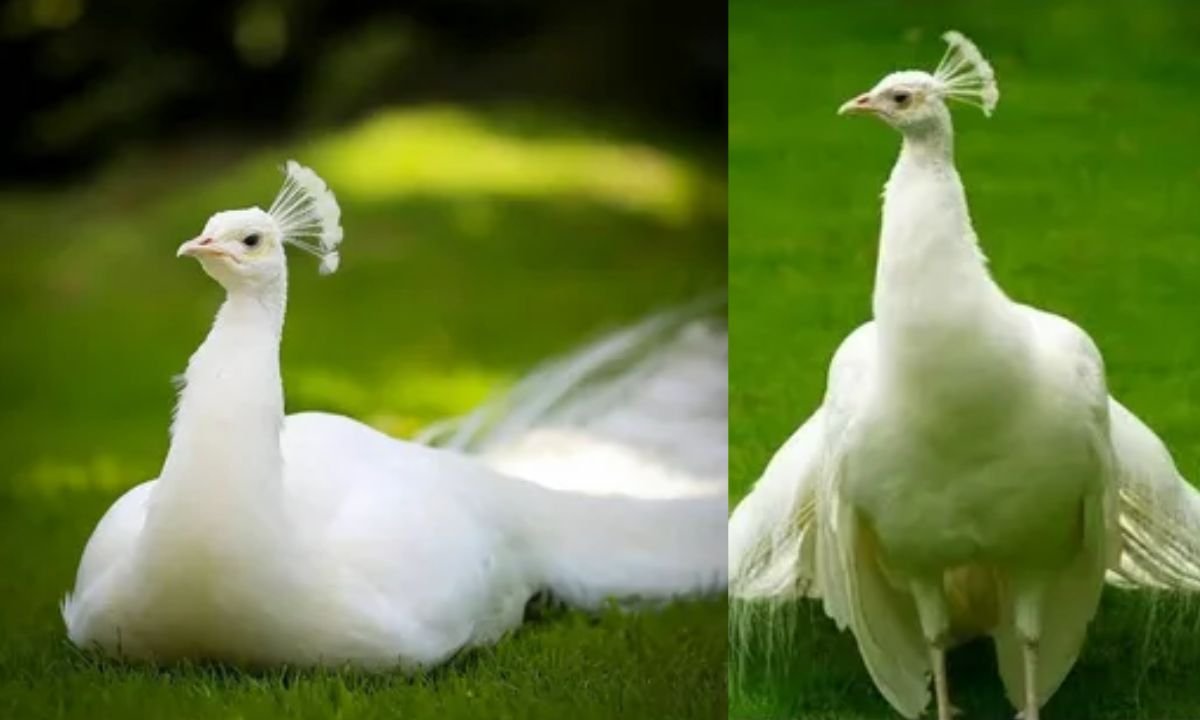
The white peafowl is an exceptionally beautiful bird characterized by its all-white plumage. This coloration results from a genetic condition known as leucism. Unlike albino animals, white peafowls retain some pigmentation in their eyes.
These birds are not a separate species but a genetic variation of the Indian peafowl. During mating season, males display their impressive tail feathers in a stunning courtship ritual.
White Dove
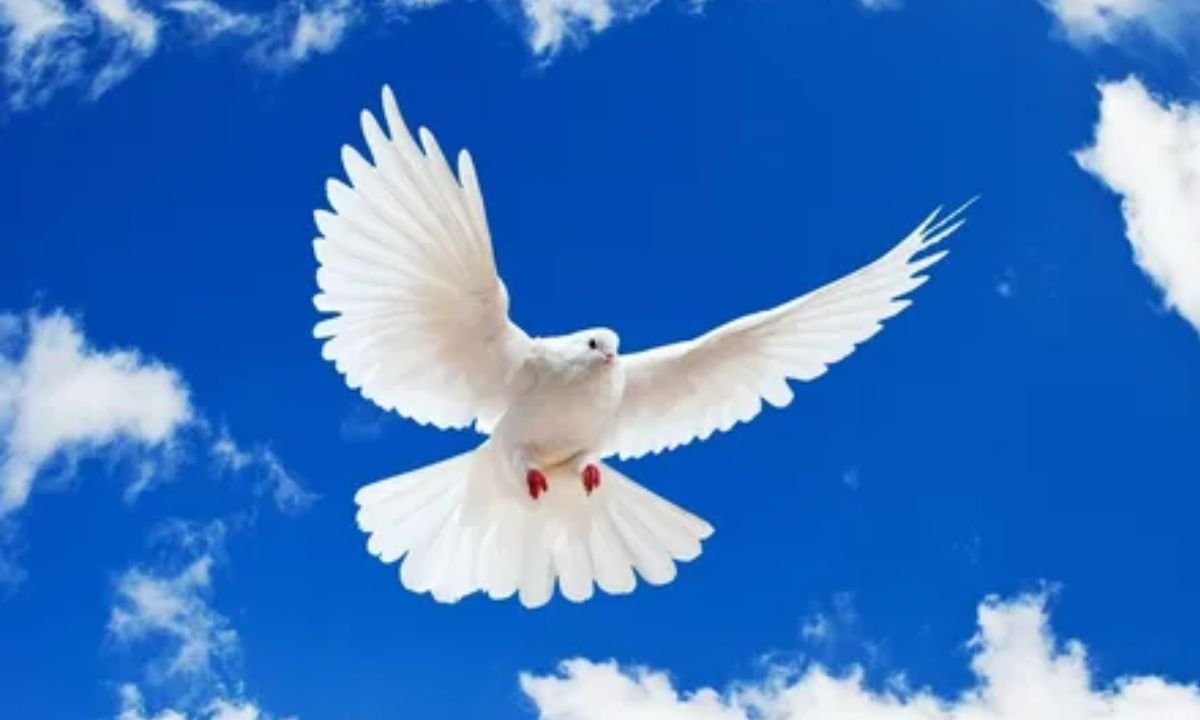
The white dove is a domesticated bird known for its pure white plumage, symbolizing peace and purity in many cultures. These gentle creatures are variants of the African Collared Dove and are often released during weddings and ceremonies.
White doves are hardy and adaptable, thriving in various environments. They primarily feed on seeds and fruits, making them easy to care for as pets.
White Squirrel
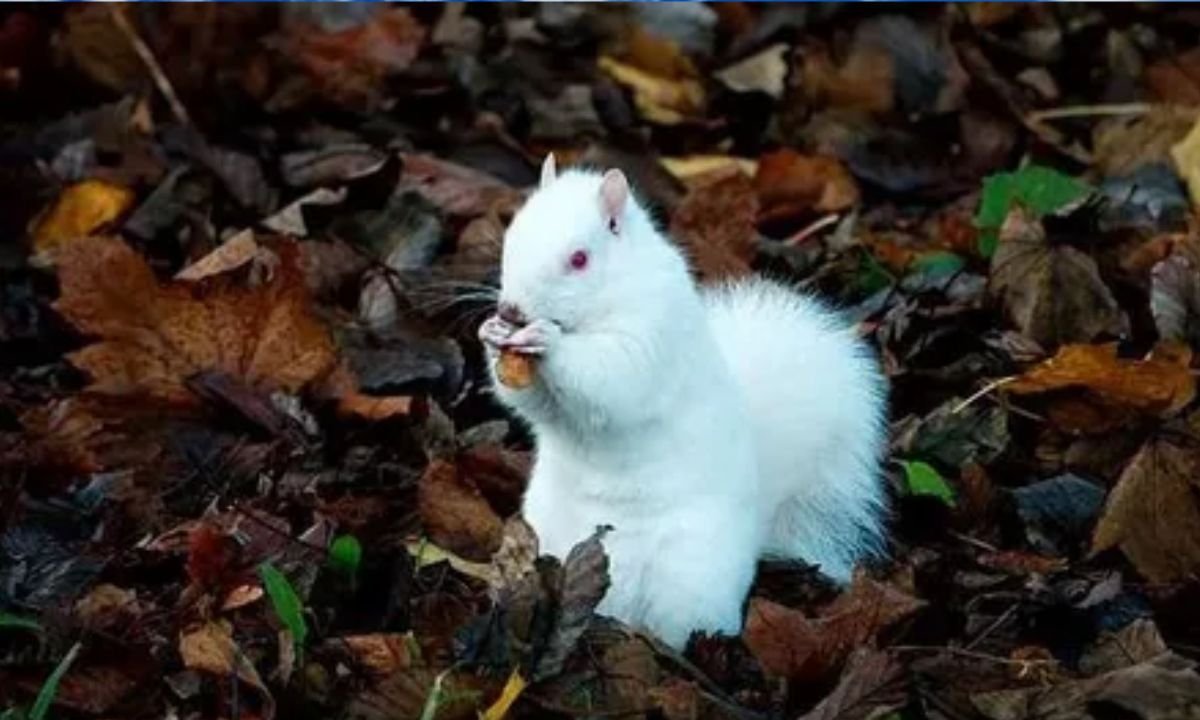
The white squirrel, a variant of the common gray squirrel, is a rare sight. This animal’s striking white fur results from a lack of pigmentation. White squirrels are found primarily in North America, where they inhabit parks and wooded areas.
While their coloration makes them visually distinctive, it can also make them more vulnerable to predators. Conservation efforts are in place to protect their habitats.
Goldenrod Crab Spider
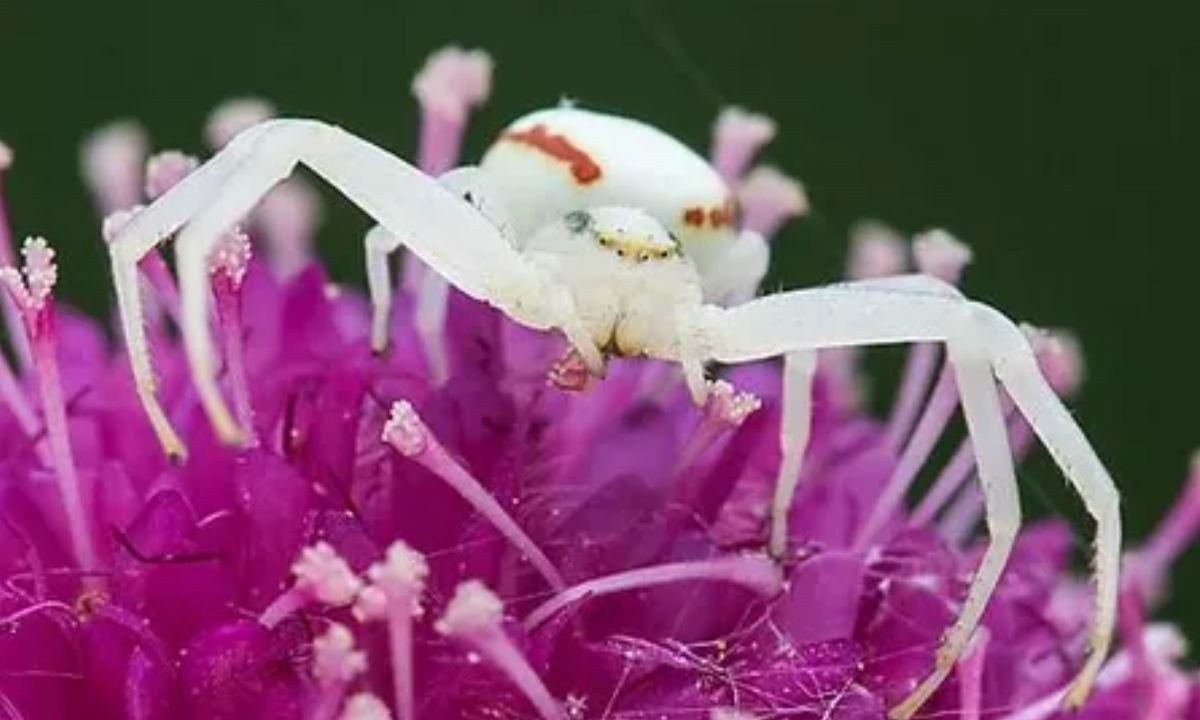
The goldenrod crab spider is a fascinating arachnid known for its ability to change color to blend in with its environment. These spiders can be found on flowers, where they ambush prey like bees and butterflies.
Their unique coloration helps them remain hidden from predators and allows for effective hunting. They are primarily found in gardens and meadows across the Northern Hemisphere.
Albino Texas Rat Snake
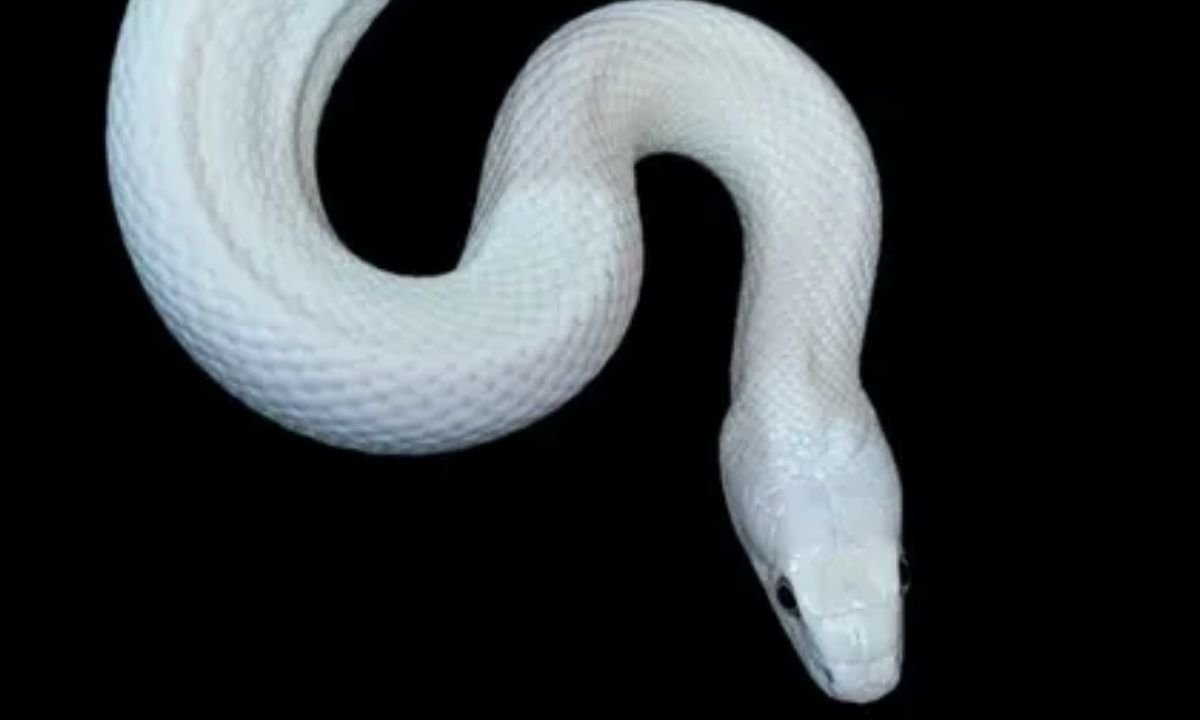
The albino Texas rat snake is an eye-catching reptile, entirely white due to a genetic mutation called albinism. This condition results in a lack of melanin, affecting the snake’s skin and eyes.
These nonvenomous snakes can be found in the southern United States. They are skilled predators, feeding on small mammals and birds, and are popular among reptile enthusiasts.
Arctic Wolf
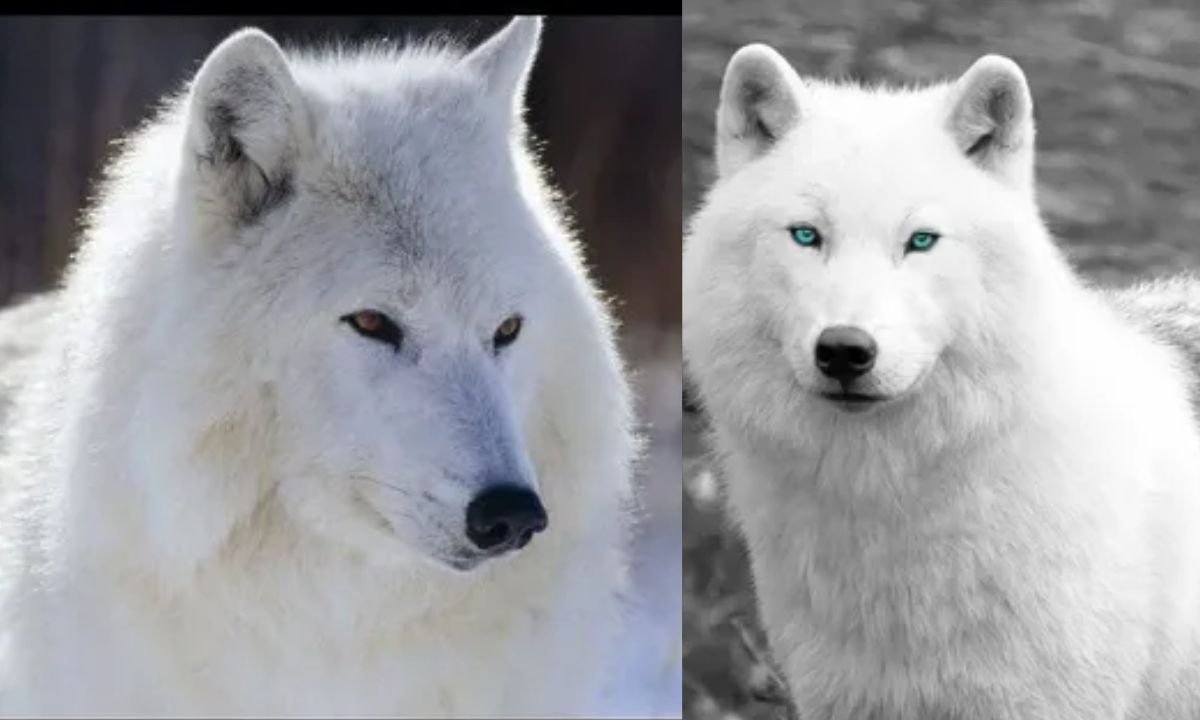
The arctic wolf is a resilient predator native to the Arctic regions of Canada and Greenland. Its thick white fur provides excellent camouflage in snowy environments.
Arctic wolves live in packs and hunt caribou, muskoxen, and Arctic hares. While they face fewer threats from humans, climate change significantly impacts their habitat and prey availability.
Small White Butterfly
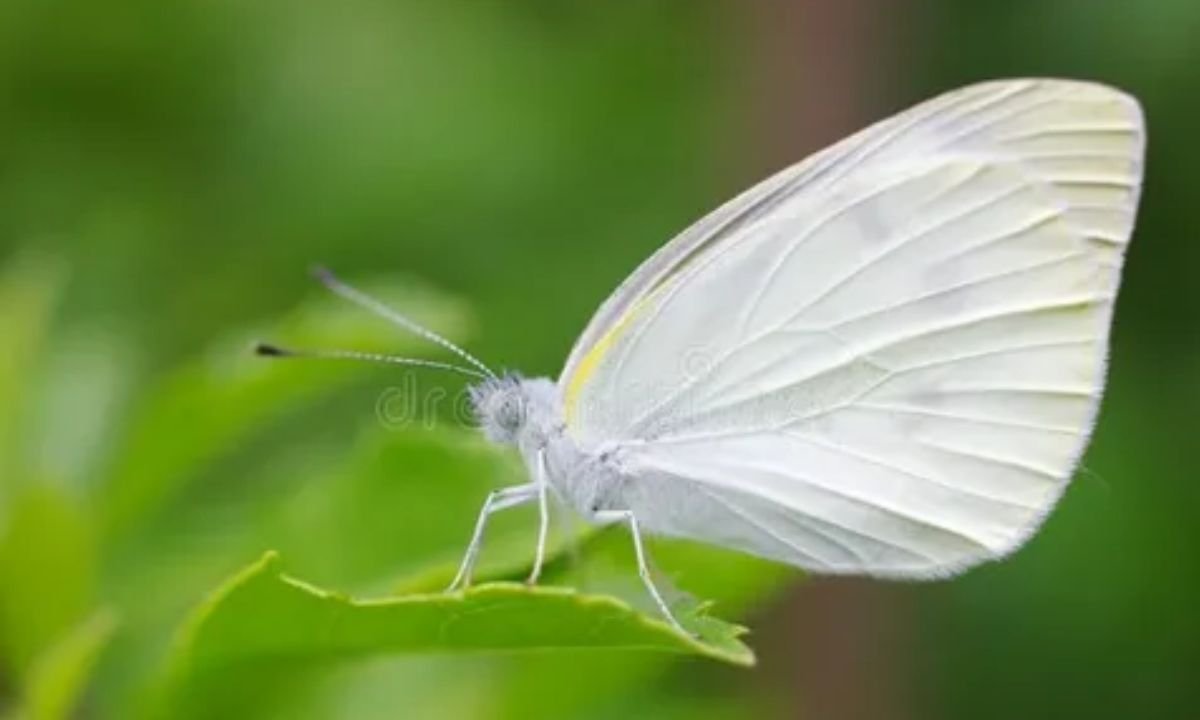
The small white butterfly, also known as the small cabbage white, is a common species found across Europe, Asia, and North America. Its predominantly white wings with black spots make it easy to identify.
These butterflies feed on nectar from various flowering plants and are crucial for pollination. They are adaptable and thrive in gardens and agricultural fields.
Swan
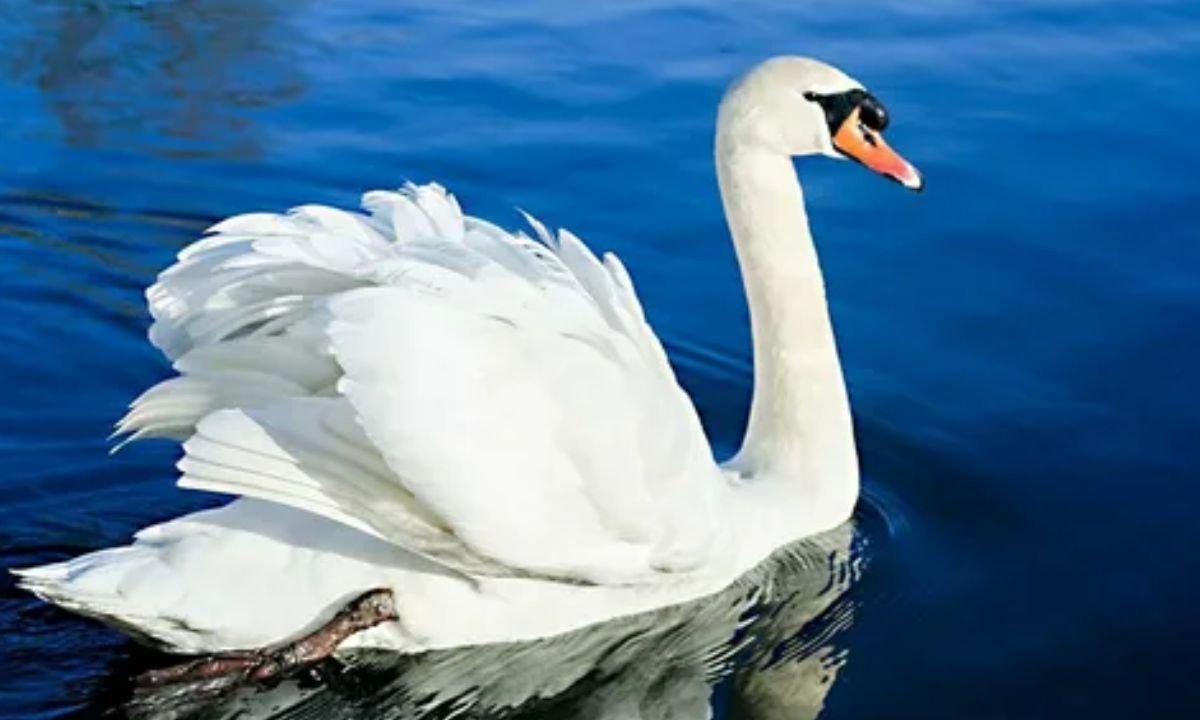
Swans are large, graceful waterbirds characterized by their long necks and beautiful white plumage. They inhabit lakes, rivers, and wetlands across the Northern Hemisphere.
Swans are known for their monogamous pair bonds, often lasting for life. Their elaborate courtship displays involve synchronized swimming and head-bobbing, making them a joy to observe.
Dall’s Sheep
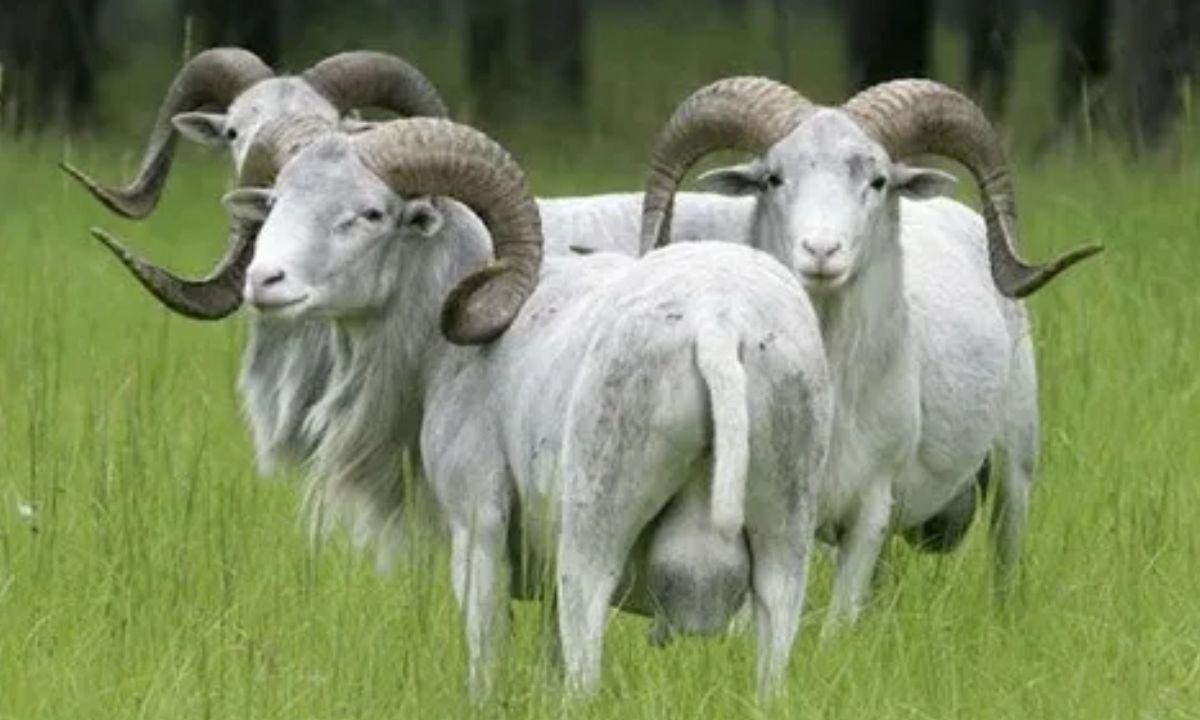
Dall’s sheep, native to Alaska and Canada, are known for their impressive white fleece. These animals are well adapted to mountainous terrains, where they graze on grasses and shrubs.
The white coat provides excellent camouflage against the rocky landscape. Conservation efforts are vital to maintain healthy populations of Dall’s sheep.
Mountain Goat
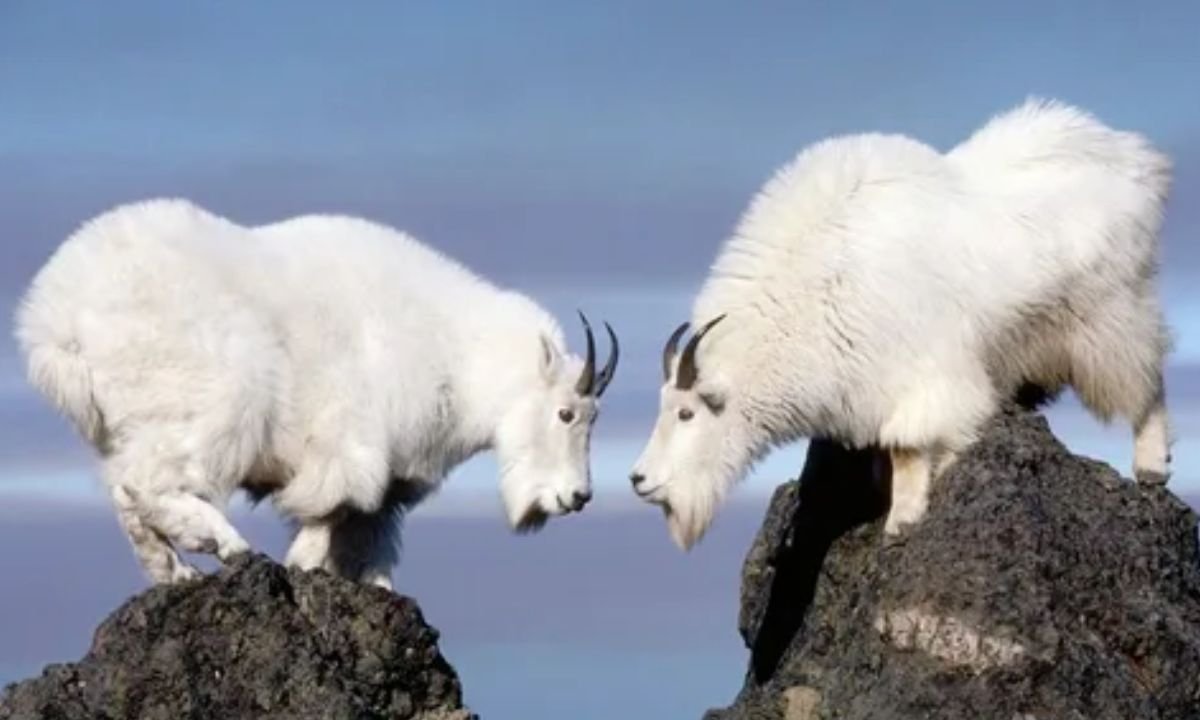
The mountain goat is another remarkable inhabitant of North America’s rugged mountains. With their thick white coats, they are well adapted to cold environments.
Mountain goats are skilled climbers, capable of navigating steep cliffs with ease. They primarily feed on vegetation and are a sight to behold in their natural habitat.
Harp Seal
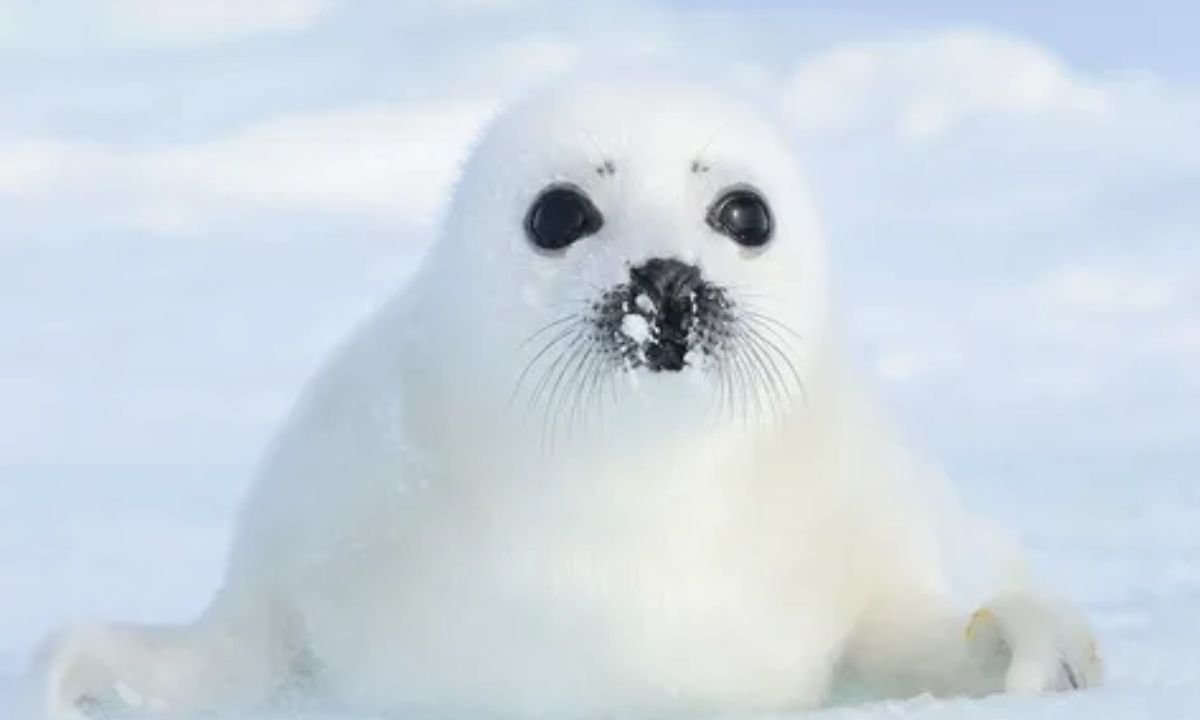
The harp seal is a stunning marine mammal found in Arctic waters. Known for its distinctive white fur, it is often seen lounging on ice floes.
Harp seals are social creatures, often found in large groups. They primarily feed on fish and are known for their playful behavior.
Dumbo Rat
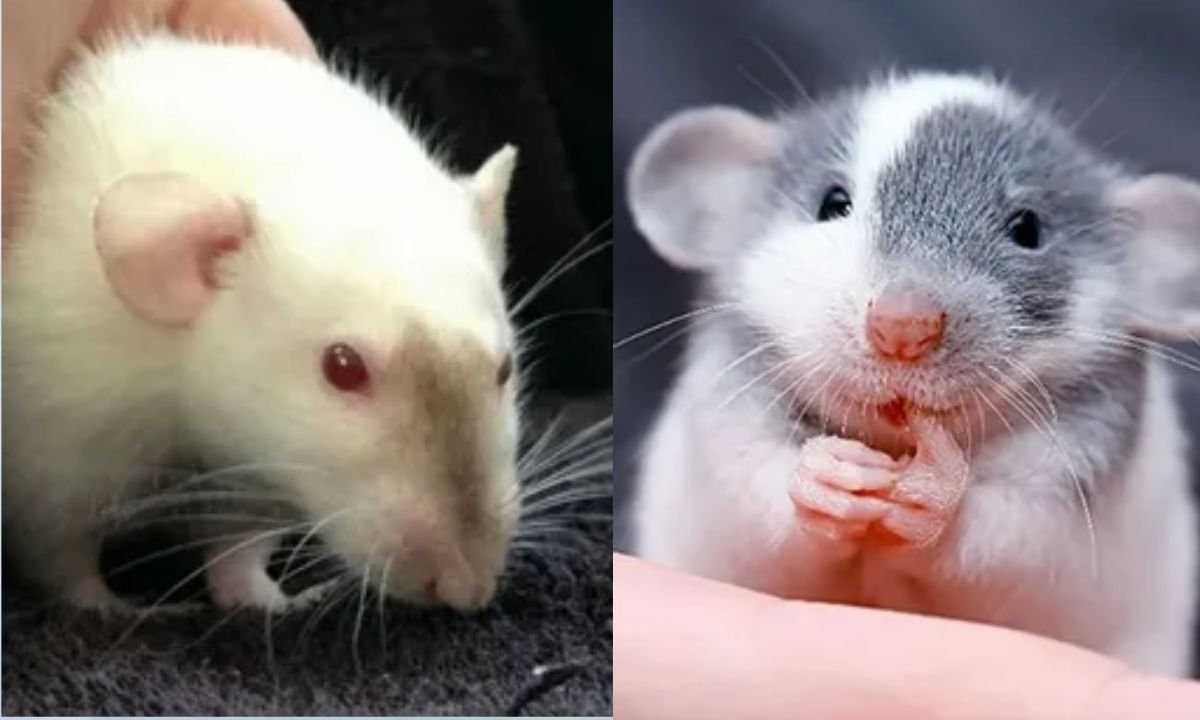
The dumbo rat is a domesticated pet known for its distinctive appearance and friendly nature. With its large ears and gentle demeanor, it has become a popular choice among pet owners.
These rats are highly social and thrive in pairs or groups. They require proper care and a stimulating environment to flourish.
White Park Cattle
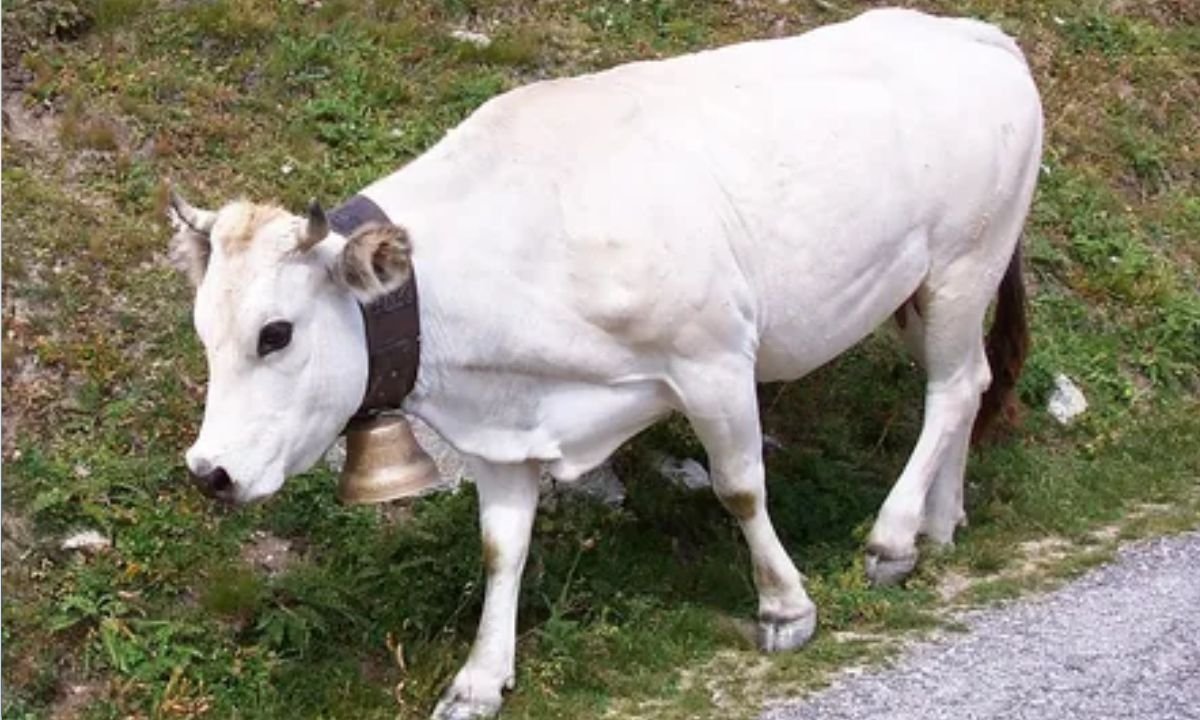
White Park cattle are a unique breed known for their striking white coats and black markings. These cattle are primarily found in England and are valued for their resilience and adaptability.
They are often raised for their meat and are a part of conservation grazing programs. Their distinctive appearance makes them a favorite among farmers.
Dogo Argentino

The Dogo Argentino is a muscular and powerful breed known for its pure white coat. Originally bred for big-game hunting, this breed is loyal and protective.
Dogo Argentinos require proper training and socialization. They make excellent companions for experienced dog owners.
White Fallow Deer
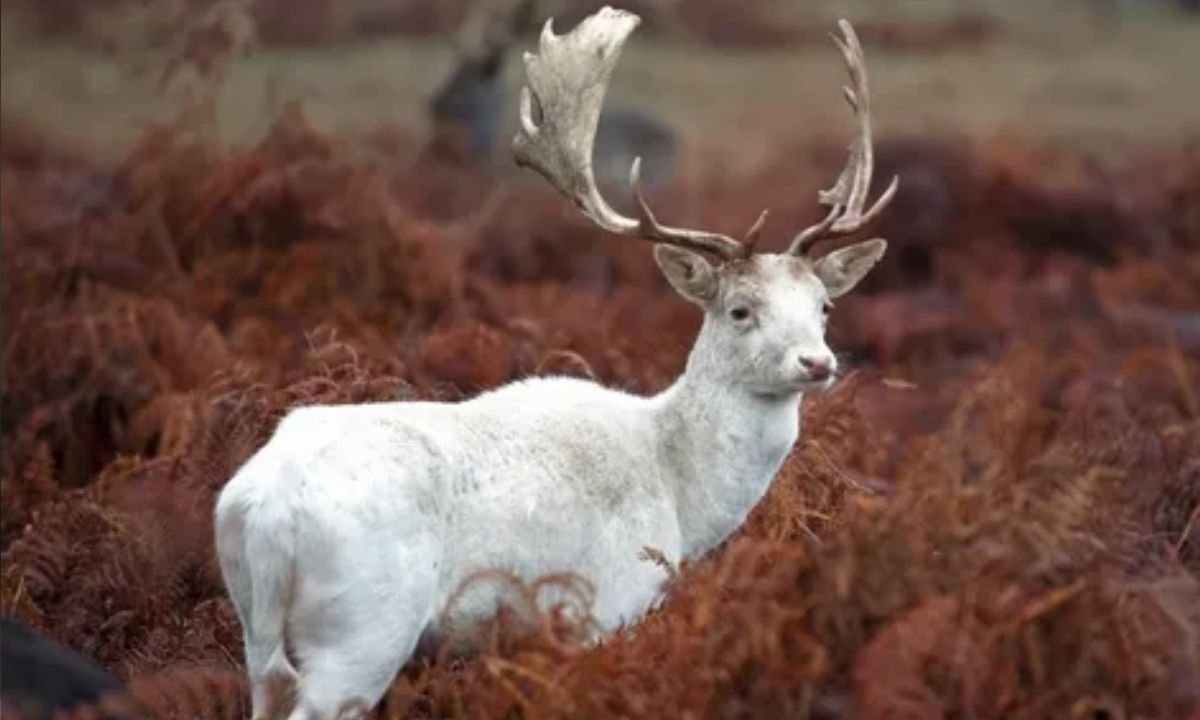
The white fallow deer is a beautiful variant of the common fallow deer. Their striking white coat is due to a genetic mutation, making them a rare sight in the wild.
These deer are primarily found in Europe and are known for their graceful movements. They are often kept in parks and reserves.
White Yak
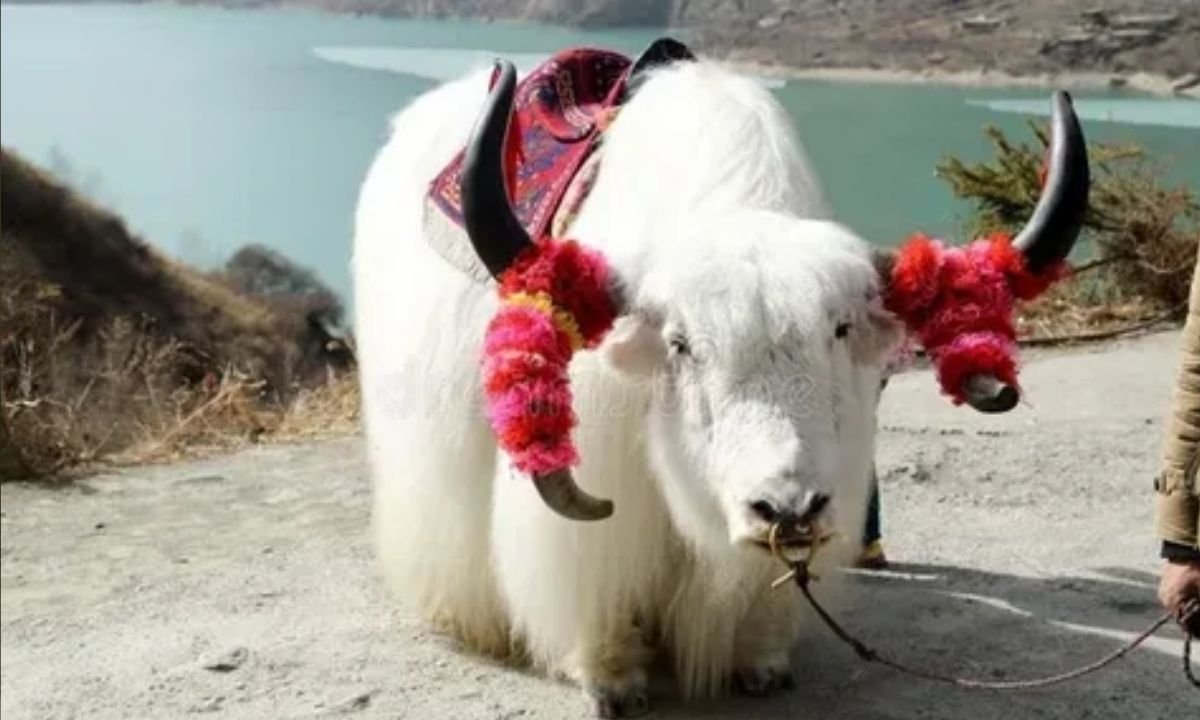
The white yak is a domesticated variant of the yak, known for its thick white coat. These animals are primarily found in Tibet and the Himalayas.
White yaks are well adapted to cold environments and are used for their milk, meat, and wool. They play a crucial role in the livelihoods of local communities.
White Lemur
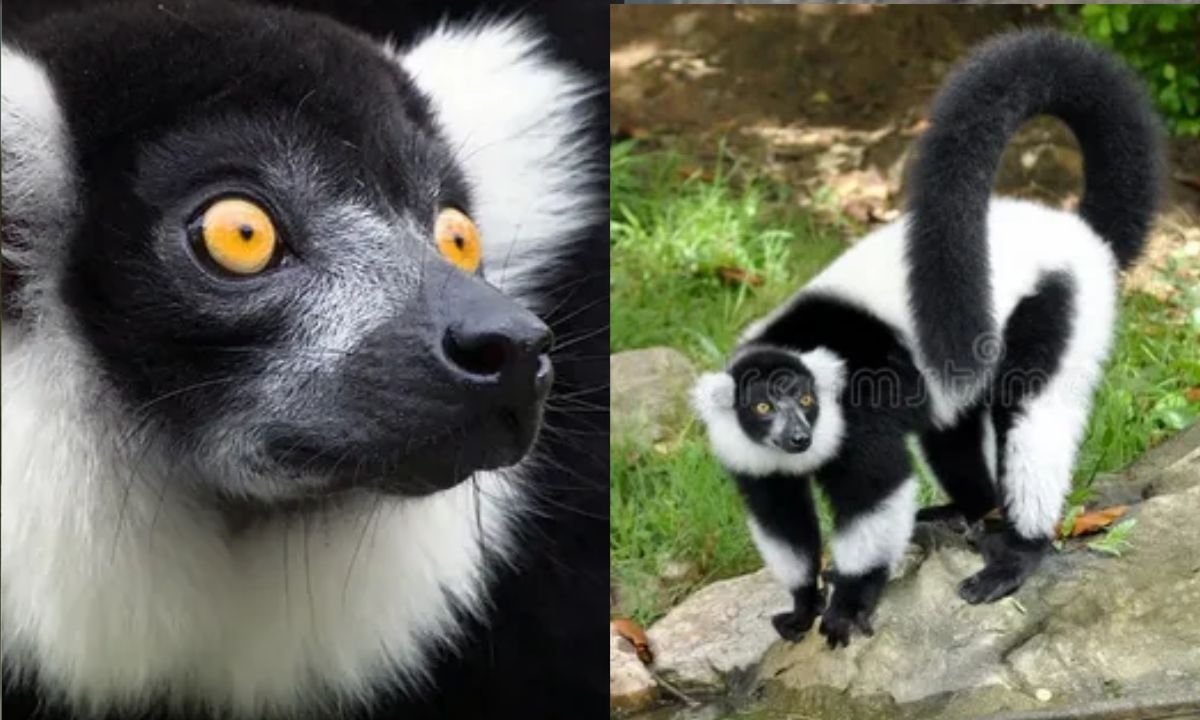
The white lemur, also known as the white sifaka, is a rare species found in Madagascar. Their striking appearance and unique behavior make them a fascinating subject of study.
These lemurs are arboreal and primarily feed on fruits and leaves. Conservation efforts are essential to protect their dwindling populations.
Frequently Asked Questions
What is the rarest white animal?
The white lion is considered one of the rarest white animals due to its unique genetic mutation.
Why are some animals white?
Animals may be white due to genetic mutations, camouflage needs, or adaptations to their environments.
Are white animals more vulnerable?
Yes, white animals can be more vulnerable to predation due to their conspicuous coloration.
How do white animals adapt to their environment?
Many white animals have developed strategies like seasonal camouflage to blend into their snowy habitats.
Can white animals be kept as pets?
Some white animals, like white doves and albino rats, can be kept as pets, but they require specific care.
What threats do white animals face?
White animals face threats from habitat loss, climate change, and exploitation in the exotic pet trade.
Are there any conservation programs for white animals?
Yes, many conservation programs focus on protecting endangered species, including white variants.
Conclusion
In conclusion, the beauty of pure white animals is a testament to nature’s diversity and adaptability. Each species, from the majestic polar bear to the elusive white lemur, plays a vital role in its ecosystem.
However, these animals face numerous challenges, including habitat loss and climate change.Conservation efforts are crucial to ensure that future generations can appreciate the wonders of white animals.
By understanding and protecting these unique creatures, we contribute to the preservation of biodiversity and the health of our planet. Let’s celebrate the beauty of nature and work towards safeguarding it for years to come.
